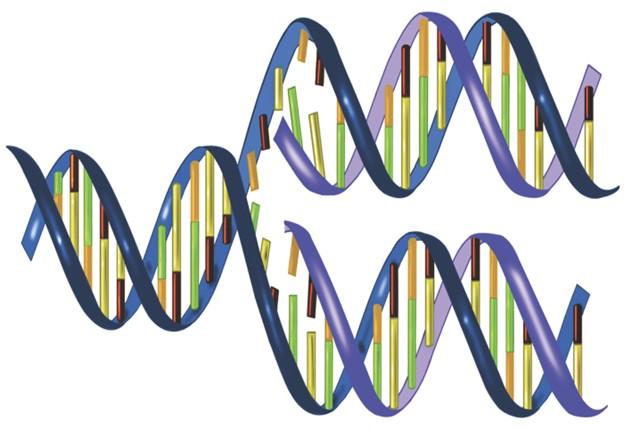New and better high-throughput DNA sequencing technologies that allow for faster characterization and identification of novel organisms are currently needed. Viruses, for example, are associated with many diseases and cost millions of dollars annually. Viruses are hard to identify and cultivate in a lab setting. They also evolve rapidly, making large fractions of the genome susceptible to genetic drift and shift. Current technologies for organisms or viruses identification are expensive and lack scalable mass production. In addition, with the movement towards personalized medicine, low-cost technologies that allow us to characterize and identify new organisms are needed. The art described here provides a unique method for the detection and characterization of novel organisms by performing parallel nucleic acid sorting, amplification, and characterization, all performed on an integrated-coplanar microfluidic system.
This invention is designed to sort and identify complex samples using parallel nucleic acid characterization. By isolating single or double stranded nucleic acids derived from complex samples, researchers can sequence previously unknown genetic material to identify novel viruses and organisms. The chip-based microfluidic system achieves this through microdroplet PCR amplification, electrophoresis analysis and, genomic sequencing all performed on an integrated coplanar microfluidic system (see Figure). The present invention provides the opportunity for the scalable mass production for parallel and inexpensive microfluidic analysis chips.
- Low-cost microfluidic chips
- Scalable mass production
- Biomedical applications
- Tracking, identifying and monitoring outbreaks of infectious diseases including emerging, previously unidentified and genetically engineered pathogens
- Automated amplification and detection of host or microbial DNA/RNA in biological fluids
- High throughput genetic screening for drug discovery
- Biowarfare detection: identifying biothreat agents that contain nucleic acid signatures such as spores, bacteria, viruses, etc.
- Forensic applications
- Food and Beverage Safety: automated food testing for bacterial or viral contamination
LLNL has obtained a patent (US Patent 9,409,177) covering this technology (LLNL Internal Case # IL-11721)


